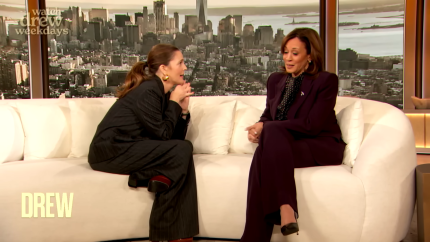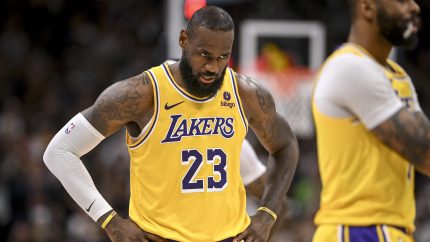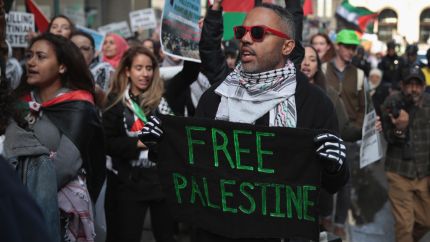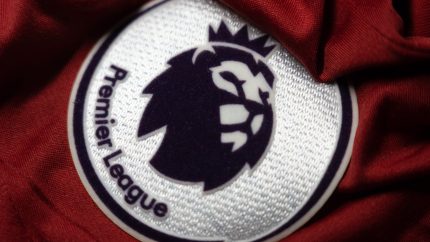Major Taylor overcame racism to become the first Black superstar athlete
Despite resistance from white riders, Taylor dominated the cycling world.
There are several well-known firsts among Black athletes in sports history.
In 1875, Oliver Lewis became the first Black jockey to win the Kentucky Derby. In 1921, Fritz Pollard was the first Black man to head coach in the American Professional Football Association, now known as the National Football League. In 1958, Willie O’Ree became the first Black athlete to play in a National Hockey League contest.
Add Marshall “Major” Taylor’s name to that list. He was the first global superstar Black athlete hailed as the “Champion of the World” that some still considered the greatest sprinter ever.
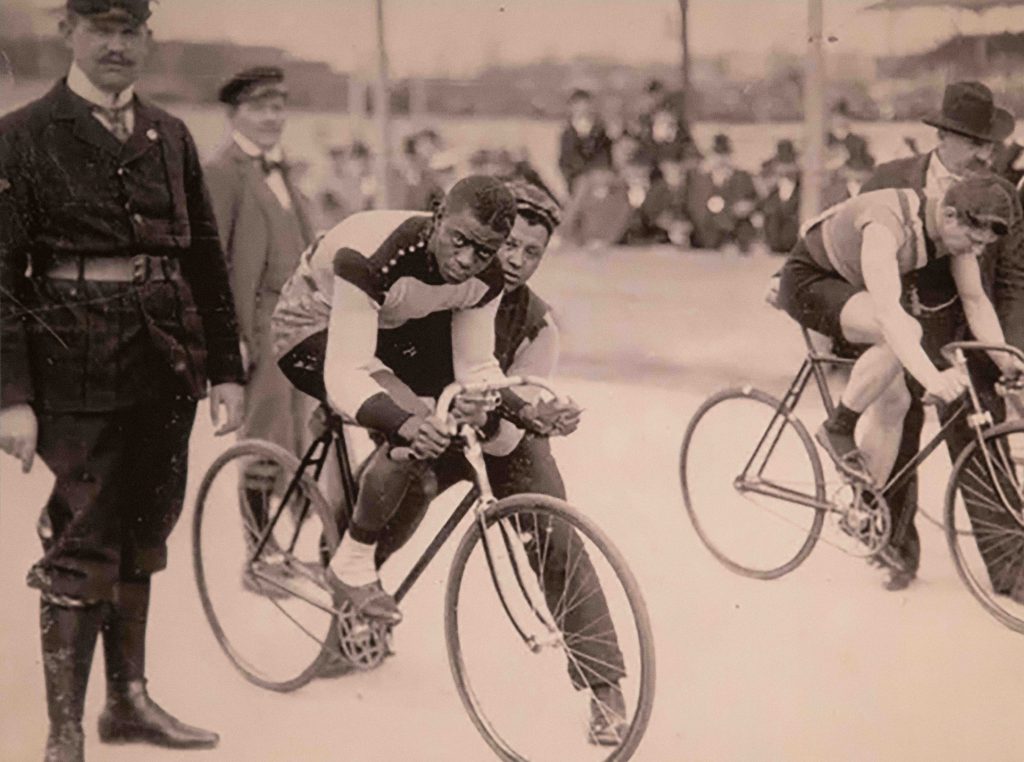
Taylor was born in Indianapolis in 1878 and took an interest in bicycles that quickly showcased his talent in a sport that was, at the time, the most popular in America.
By the age of 12, he staged bike riding exhibitions. He won a 10-mile amateur event at 13, and at 15, he set a one-mile amateur track record. Then, at just 17, he was the only cyclist to finish a difficult 75-mile race.
He turned professional in 1896 and soon became the greatest cyclist in the world, but he had to move out of Indianapolis to reach this height. White riders in the Midwestern city refused to race with the man now known as the “The Black Cyclone,” so he moved to Worcester, Massachusetts, a hotbed of racing activity.
In 1898, he won 29 of 49 races and began a reign of cycling dominance in the United States and Europe, sometimes competing before crowds of up to 25,000 people.
In 1899 and 1900, he was the cycling world champ.
While in Europe in 1902, he won 40 of 57 races and beat champions everywhere he competed.
He endured great prejudice. In Indianapolis, he was barred from a number of tracks because white riders didn’t want to compete against him. He was subjected to race-baiting and other indignities. When he couldn’t join a white cycling club, he and a group of Black cyclists started their own.
Recommended Stories
Taylor endured threats from white riders angered by a Black man’s presence on the track. Oftentimes, white riders didn’t know Taylor was Black until he showed up for a race, eliciting howls of protests and threats not to participate.
In 1897, he stopped his attempt to become the national sprint points champion when Southern promoters refused to book him in their competitions. And he faced violence. The Los Angeles Times reported that during one race, a white cyclist pulled Taylor off his bike and choked him until he lost consciousness.
Still, Taylor persevered. He joined rising clubs composed of Black cyclists. By the time Taylor retired at the age of 32 in 1910, he held track championships around the world.
Sadly, the remainder of Taylor’s days off the track were not so kind. He invested in businesses that failed and lost the money he won in cycling. He became estranged from his wife and daughter and died penniless in Chicago in 1932. He was buried in an unmarked grave.
After his death, Taylor’s accomplishments started being recognized. His name graces the cycling venue Major Taylor Velodrome in Indianapolis and the Major Taylor Cycling Clubs in New Jersey and Minnesota. He also may get a Congressional Gold Medal.
Taylor was quoted as saying, “In a word, I was a pioneer, and therefore had to blaze my own trail.”
He was, and he did.
Never miss a beat: Get our daily stories straight to your inbox with theGrio’s newsletter.
